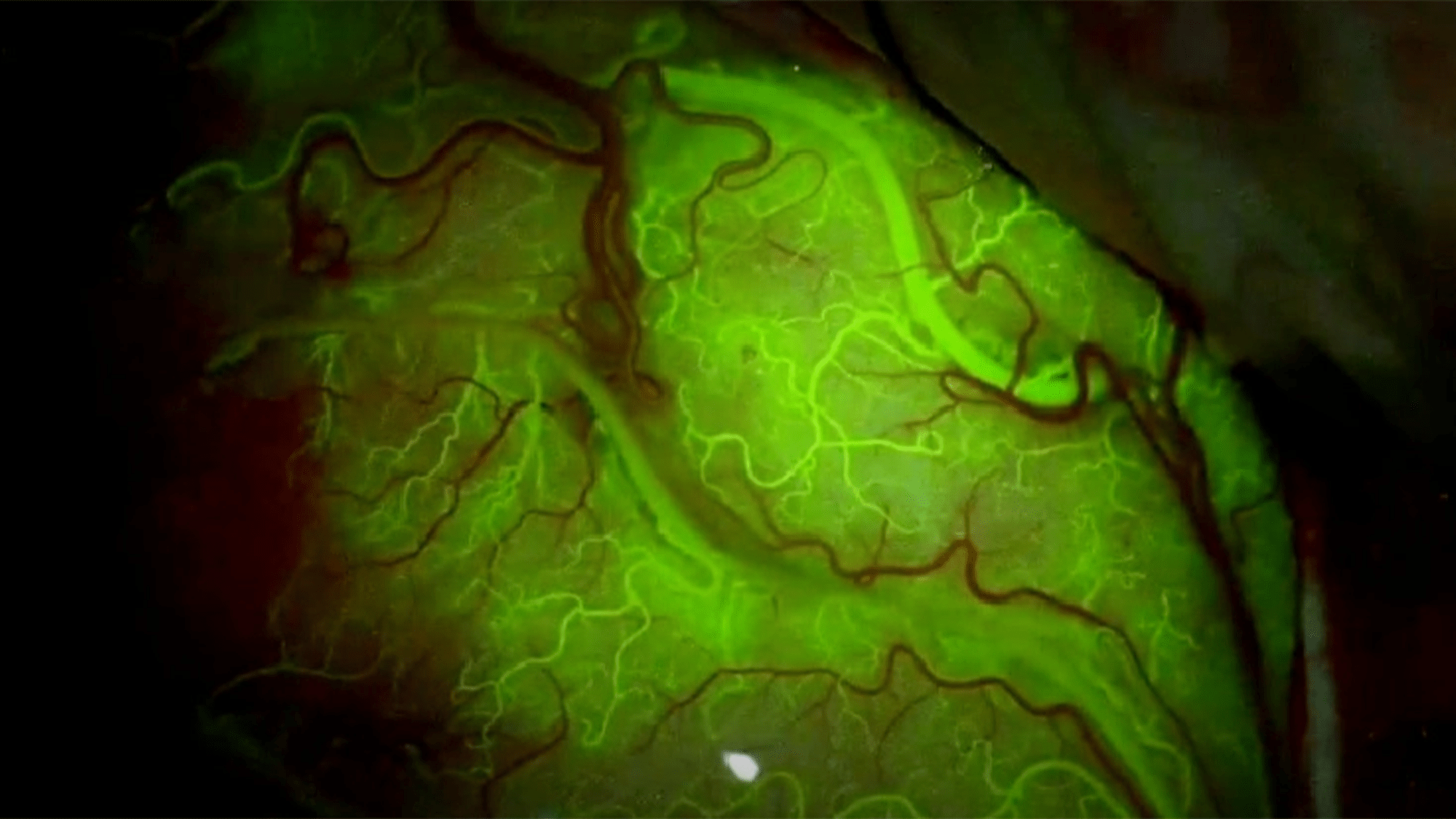

A new sound wave technique can help treat a deadly brain cancer called glioblastoma in only four minutes. The breakthrough report was published May 2 in the journal The Lancet Oncology and demonstrates the results of a phase 1 in-human clinical trial with 17 patients.
In the trial, the patients underwent surgery for resection, or removal, of their tumors and had an ultrasound device implanted. The device inside the skull opens the blood-brain barrier, repeatedly using sound waves to permeate the barrier and reach the brain tumor. IV chemotherapy is then able to reach the neurological tissues where the cancer can grow.
Treating this type of brain tumor, which has a 6.8 percent survival rate within the first five years of diagnosis, with the most potent types of chemotherapy is difficult. The strongest cancer medicines are typically unable to permeate the blood-brain barrier. The blood-brain barrier acts as a line of defense, making an extra wall around the brain to keep toxins and pathogens from getting into such a crucial area of the body. However, the repertoire of drugs that can be used to treat brain diseases is very limited. In 2014, scientists first found that sound waves could be used to permeate the blood-brain barrier and this study builds on that discovery.
[Related: Understanding glioblastoma, the most common—and lethal—form of brain cancer.]
“This is potentially a huge advance for glioblastoma patients,” co-author and Northwestern University neurosurgeon Adam Sonabend said in a statement.
The study reports that using a novel skull-implantable grid of nine ultrasound emitters made by French biotech company Carthera can open the blood-brain barrier in a volume of the brain nine times larger than the small single-ultrasound emitter implants originally used. This importantly helps treat a large region of the brain next to the cavity that remains after glioblastoma tumors are removed.

This is also the first study that shows how quickly the blood-brain barrier closes after being opened by the ultrasound. It closes in the first 30 to 60 minutes after the communication. and this will help scientists optimize what order to deliver the drugs to allow for better penetration of the brain. The procedure to open the blood-brain barrier only takes four minutes and is performed while the patient is awake. The new results show that the treatment is safe, well-tolerated, and some patients received up to six cycles of treatment.
[Related: Scientists used Zika to kill aggressive brain cancer cells in mice.]
Opening up the blood-brain barrier led to a roughly four- to six-fold increase in the drug concentrations in the human brain. The team observed this increase with two chemotherapy drugs called paclitaxel and carboplatin. These drugs are typically not used to treat glioblastoma patients, because they typically do not cross the blood brain barrier in normal circumstances.
According to Sonobend, the current chemotherapy used for glioblastoma (Temozolomide) does cross the blood-brain barrier, but is weak. Sonabend also said that previous studies that injected paclitaxel directly into the brains of patients with these tumors had promising signs of efficacy, but the direct injection was associated with toxicity such as brain irritation and meningitis.
A phase 2 clinical trial is already underway. “While we have focused on brain cancer (for which there are approximately 30,000 gliomas in the U.S.), this opens the door to investigate novel drug-based treatments for millions of patients who suffer from various brain diseases,” said Sonabend.